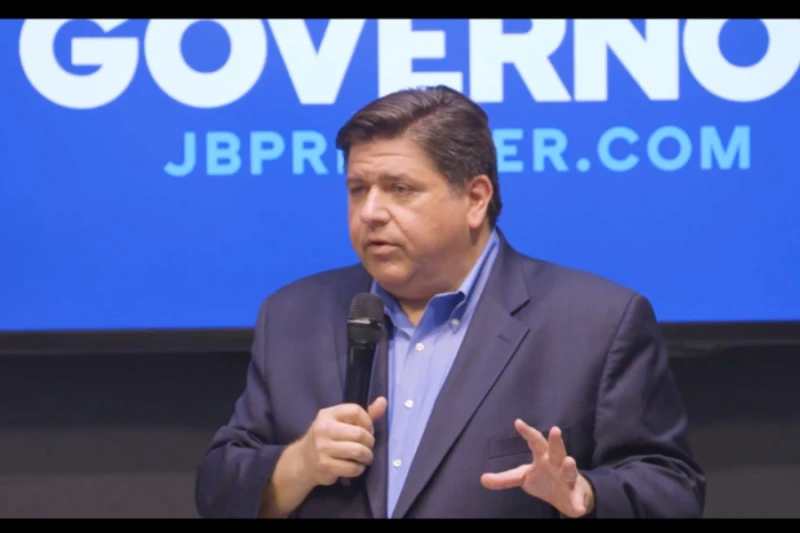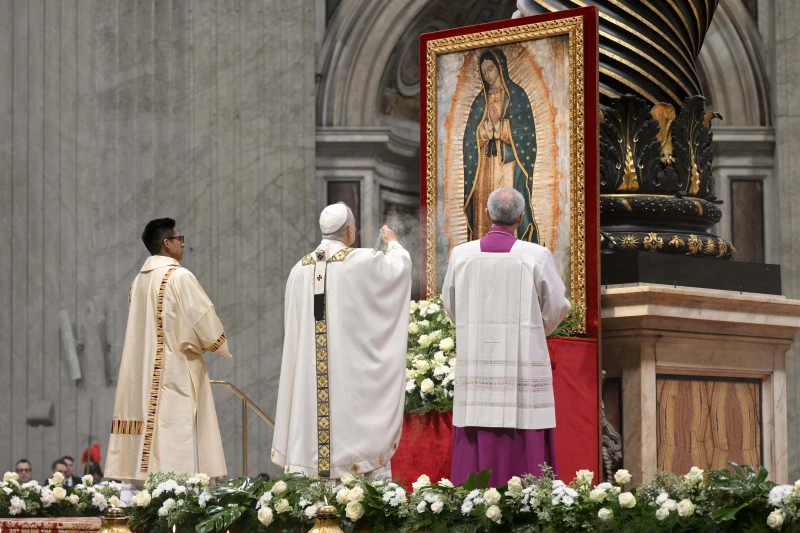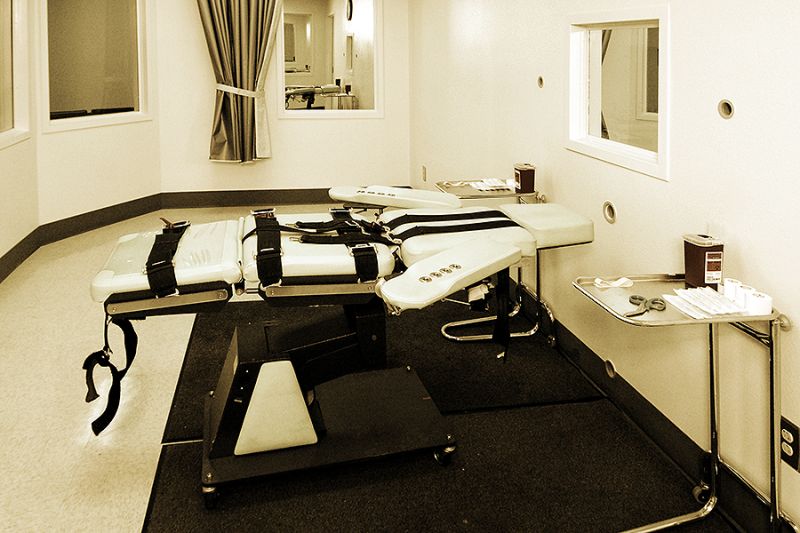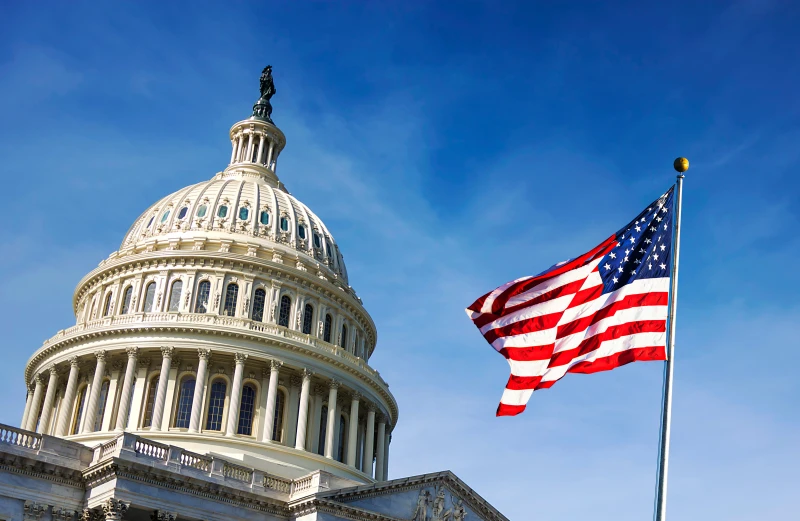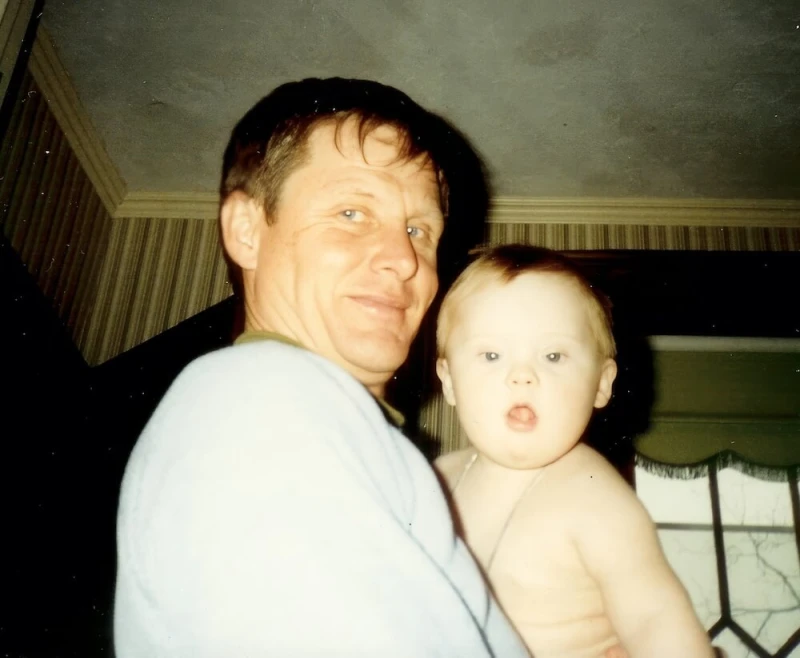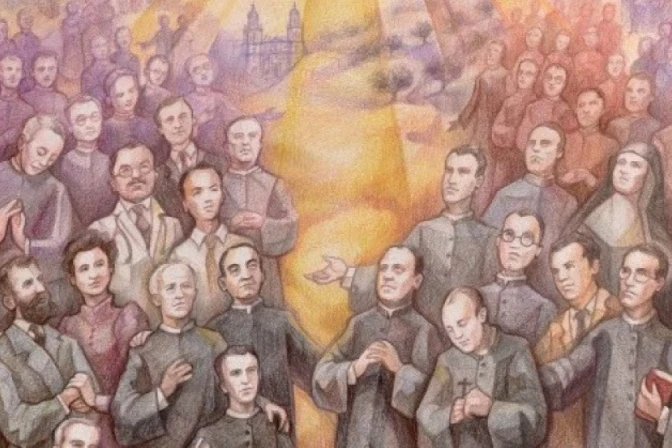 Detail of the commemorative painting of the 124 martyrs of Jaén, Spain, beatified in 2025. / Credit: Diocese of Jaén
Detail of the commemorative painting of the 124 martyrs of Jaén, Spain, beatified in 2025. / Credit: Diocese of Jaén
ACI Prensa Staff, Dec 12, 2025 / 16:03 pm (CNA).
The Diocese of Jaén in Spain will celebrate on Dec. 13 the beatification of 109 priests, 14 laypeople, and one Poor Clare nun martyred during the Spanish Civil War.
With the addition of these 124 new blesseds, the number of 20th-century martyrs in Spain recognized by the Catholic Church rises to 2,254, 11 of whom have been canonized.
The beatification ceremony will be presided over by Cardinal Marcello Semeraro, prefect of the Dicastery for the Causes of Saints, and will take place in Assumption Cathedral in Jaén, where some of the new blesseds spent their last days before being murdered out of hatred for the faith.
Bishop Sebastián Chico of Jaén in the pastoral letter published on the occasion of the beatification stated that "their blood, far from being sterile, has become a fertile seed that today nourishes the faith of our parishes, communities, families, and confraternities, and impels us to live Christ more deeply so that we, too, may be witnesses of hope in the midst of the world."
Chico also shared a reflection on the theological meaning of martyrdom, which he summarized as "the victory of love and the fullness of hope."
The prelate observed that Scripture "teaches us that blood shed for the love of God is a seed of fidelity, eternal life, and hope."
Regarding the Catholic Church's teaching on this mystery of self-sacrifice, Chico noted that each martyr "has been a grace from God for the Church and a rich legacy of charity and hope that we must know and preserve."
He also emphasized that "martyrdom is the supreme testimony of Christian hope," because it reminds us that "with the eloquence of their own lives, violence, hatred, or death do not have the last word."
The bishop of Jaén also pointed out that the martyrs "were not heroes, humanly speaking, nor ideological fighters, nor casualties in a war for earthly interests" but rather men and women "marked by weakness and sin, like any of us, but who conquered evil in the last moment of their lives with the sole strength of an unwavering faith in Christ. Their only weapon was love."
Jaén, the 'Holy Kingdom'
The Diocese of Jaén is traditionally known as the "Holy Kingdom," and throughout its history it has been marked by not a few martyrs, from the Roman soldiers Sts. Bonosus and Maximian to St. Potenciana, virgin, the priest St. Amador, and, in the Middle Ages, the bishop St. Peter Pascual.
Along with them, the new blesseds are not the only sons and daughters of the diocese martyred in the 20th century. In addition to a group beatified in Tarragona in 2013, St. Pedro Poveda, founder of the Teresian Institution, stands out: He was murdered in Madrid in 1936.
With the new blesseds, "Jaén sees its name confirmed and enriched: Holy Kingdom. It is not an empty or merely historical title but a profound spiritual truth," the prelate emphasized.
Of the 124 new blesseds, Chico highlighted three names "as examples of unwavering faith, generous love, and certain hope": the priest Francisco de Paula Padilla Gutiérrez, who "voluntarily offered to die in place of a father of six children"; the lay doctor Pedro Sandoica y Granados, who "was murdered for publicly confessing his faith, without fear of the consequences, moved by hope in the kingdom of God"; and the widow Obdulia Puchol, a "woman of profound charity who opened her home to transients and the most disadvantaged, and who was shot for her fidelity to Christ, keeping hope alive until her last breath."
The prelate said he believes the recognition of these martyrs should be considered "as yet another link in the chain of holiness that unites Jaén with the universal Church, from the first Christians to our own day."
The martyrs, through their lives and their final sacrifice, "are not just a memory of a heroic past but teachers for the present … In this sense, the witness of the martyrs does not belong solely to history; it is a living word that God addresses to the Church and to the society of today."
Chico emphasized that the martyrs invite us to renew our own hope because they "urge us to live our faith radically, without lukewarmness or compromise"; they teach people "to forgive, always, even in the midst of violence and injustice, following the example of Christ on the cross"; they call the faithful "to be builders of reconciliation and peace"; and they show that "holiness is possible in all vocations."
This story was first published by ACI Prensa, CNA's Spanish-language news partner. It has been translated and adapted by CNA.


